Caprock Chronicles: William H. Bledsoe: Leading South Plains citizen
- Oops!Something went wrong.Please try again later.
- Oops!Something went wrong.Please try again later.
Editor’s Note: The Caprock Chronicles are edited by Jack Becker and he can be reached at jack.becker@ttu.edu. Today’s Chronicle is the first of twelve that will appear on the first Sunday of every Monday for a year, in celebration of Texas Tech's 100 year anniversary. This first Chronicle is written by frequent contributor Sally Abbe.
When a small town lawyer from Cleburne, William H. Bledsoe, followed new opportunities to the South Plains in 1908, nothing in his background indicated he would become one of the South Plains’ leading citizens.
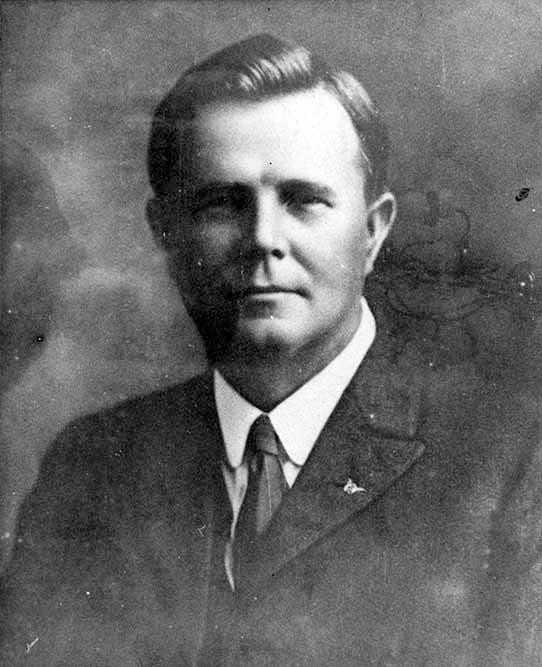
After arriving in Lubbock, Bledsoe practiced law, of course, but the lure of land speculation was irresistible and he and a partner promoted the sale of town lots in the Overton Addition. At the same time, he developed a practice in civil and land law, which became the firm known today as Crenshaw, Dupree and Milam.
After some high-profile legal cases, his recognition in the region was such that in 1915 he was elected to fill an unexpired term in the Texas House. In the House he promoted West Texas, and Lubbock in particular, serving on committees important to his district, including Irrigation, stock-raising, and the Public Lands and Land Office.However, Representative Bledsoe is best remembered for his role in the impeachment of Governor James E. Ferguson. Within 6 months of Ferguson’s election to a second term in 1916, accusations of misconduct surfaced.
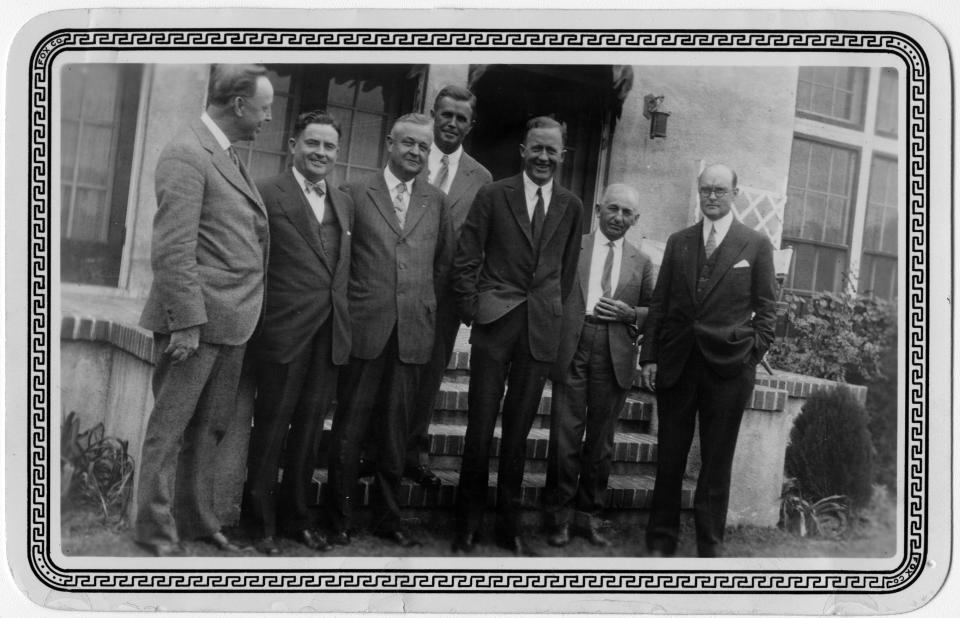
Then Ferguson made a fatal mistake by vetoing the University of Texas appropriations bill, bringing protests from alumni across the state and renewed action against him.
Bledsoe, a UT Law School graduate, was named floor manager of the House fight for impeachment charges. The resolution he introduced on August 24, 1917 included 21 charges against Governor Ferguson and passed the house 82-51. On September 24, the Senate voted to convict Ferguson and he was barred from holding public office in Texas. Bledsoe’s active role in removing Ferguson from office brought him state-wide attention, and the Austin American hailed him as “one of the brilliant men of the {Texas] House.”
After two full terms in the House, Bledsoe was elected to the Texas Senate in 1919, representing District 29, which included 47 counties and touched three state lines. Small wonder that one of his major efforts was to redistribute the state’s senatorial districts after the 1920 census! By 1923, Bledsoe represented only 24 counties as West Texans held multiple seats in the legislature, which increased the region’s political standing.
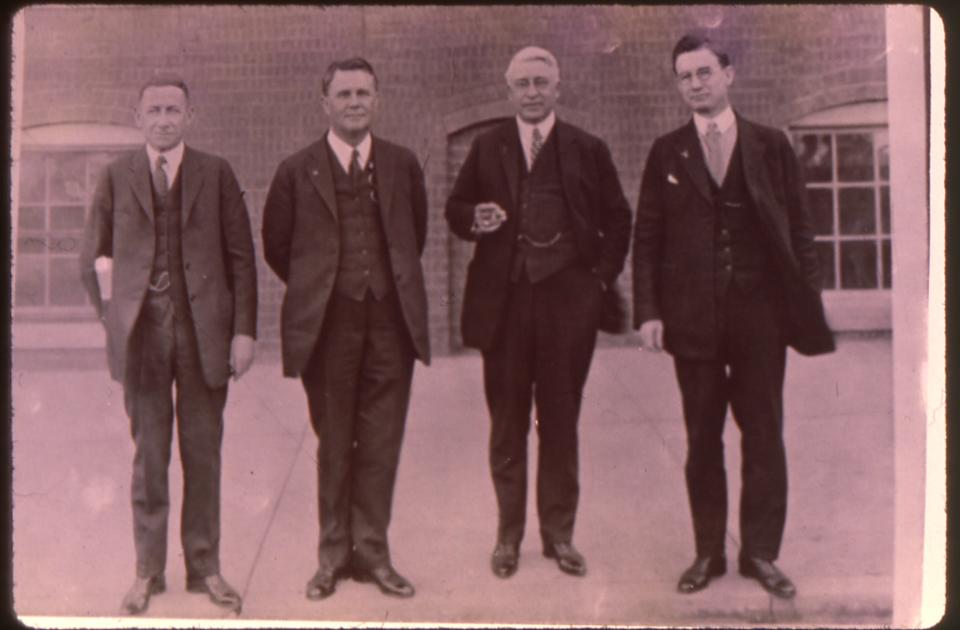
Senator Bledsoe was a prolific creator of legislation during his tenure, and the Avalanche-Journal noted that “there was no major legislation introduced in the 12 years he was in the house and in the senate that did not feel his influence, most of it his authorship or co-authorship.” Establishing an institution of higher learning in West Texas was a major priority for him.
Senate Bill 103 is Bledsoe’s best remembered contribution to West Texas and Lubbock, as it provided for the establishment of Texas Technological College. Bledsoe authored the bill and championed it through the legislature. In the photograph of Governor Pat Neff signing the final version in 1923, Bledsoe stood right behind the governor’s chair.
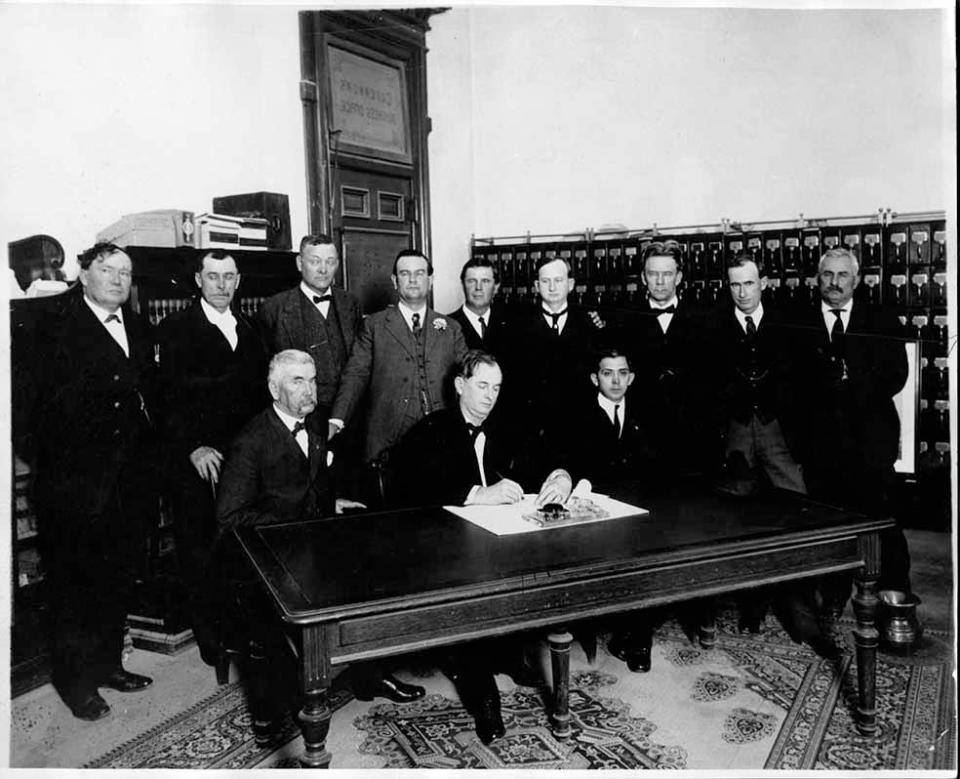
After a locating board visited 37 West Texas communities in 1923, Lubbock was chosen for “the Tech.” The other towns considered by the board speculated on the possibility that the location of the school had been “written in” the bill, perhaps through Senator Bledsoe’s influence. But they swallowed their disappointment and joined Lubbock in a massive celebration in August 2023. The Avalanche reported that when Senator Bledsoe rose to speak at the event, “the large crowed cheered him in such hearty manner as to reflect the high regard they have for him.”
Bledsoe was not named to the Board of Directors of the school, as he was best able to serve it by continuing in the legislature. However, he met with the board regularly, and offered legal advice and political expertise where needed. Although he was not listed on the program for the official opening of the college in 1924, he was undoubtedly recognized for his contributions at the ceremony.
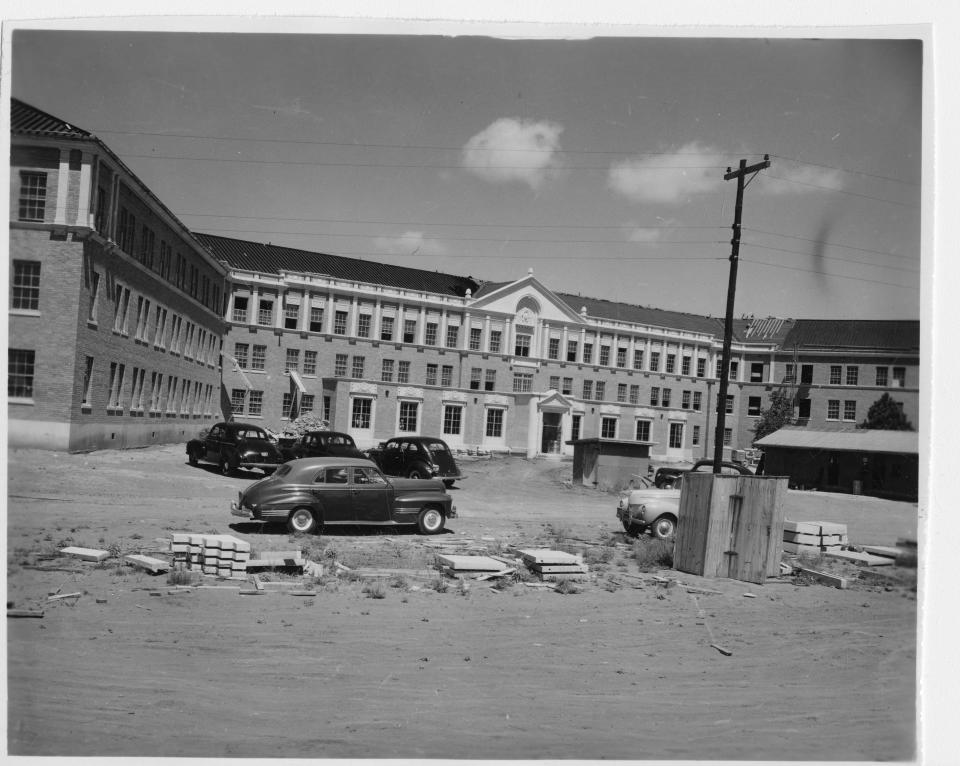
Bledsoe continued as a respected member of the legislature, but the legislation founding Texas Tech was the climax of his career. Sadly, he suffered debilitating injuries in a car accident in 1927 and withdrew from public life. He returned to Lubbock and resumed his law practice, but his health continued to decline. He died March 30, 1936 at the age of 66. Although he had not been in the legislature for almost a decade, his stature was such that his death was noted by newspapers across the state. Flags were lowered to half-staff on the Texas Technological College campus, and the college faculty memorialized him thus:
“He was a true empire builder and educator, a distinguished lawyer and a wise statesman. With his passing mankind and especially West Texas has lost a friend. Because of his life future generations have an inheritance that cannot be bought with[any} price.”
This article originally appeared on Lubbock Avalanche-Journal: Caprock Chronicles: William H. Bledsoe: Leading South Plains citizen

